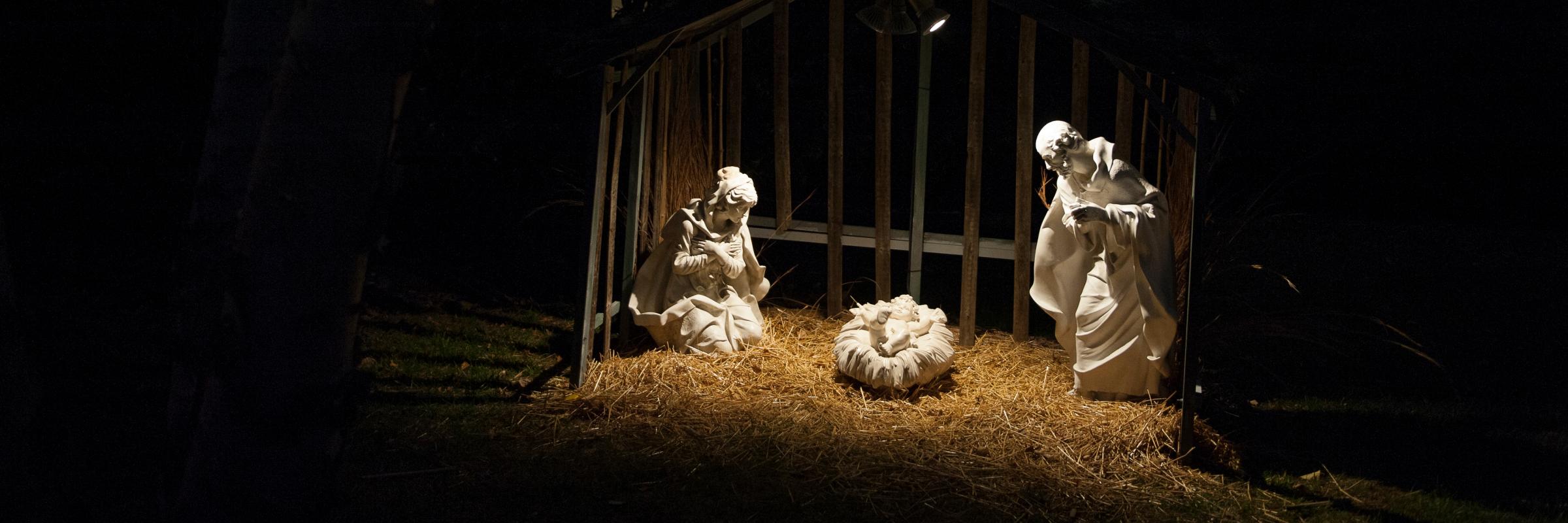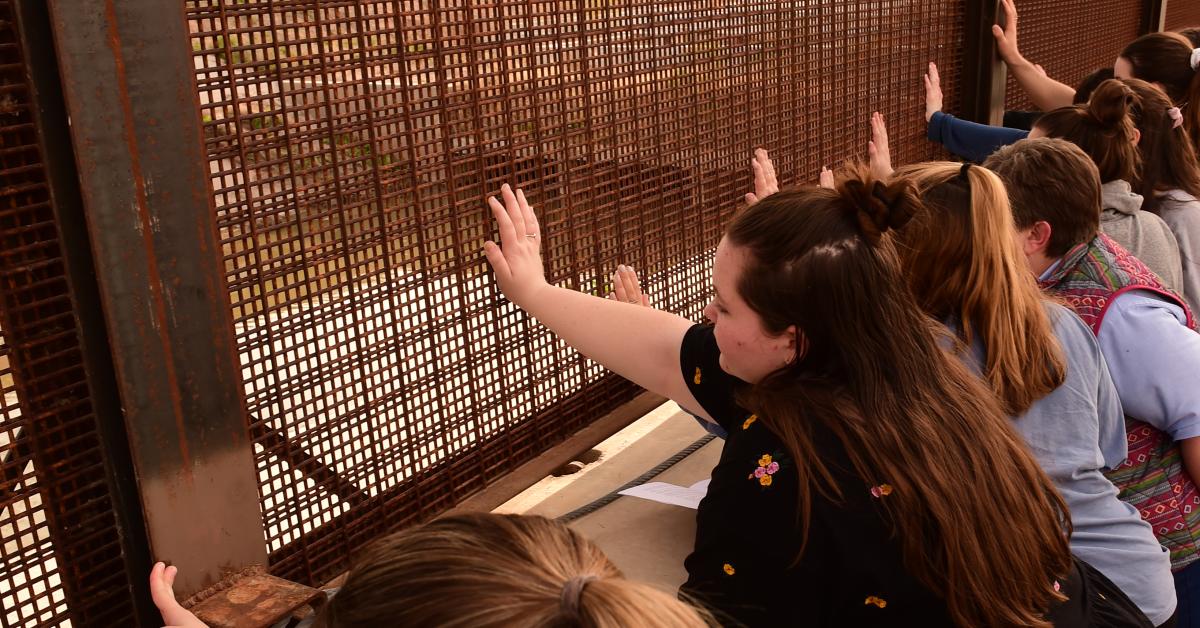While Saint Francis did not invent the nativity scene or Christmas créche, he did popularize it, and as a Franciscan, I have a strong attachment to what this very familiar scene represents.
“In its pervasiveness, the nativity scene is something unique because, without us realizing it, this cherished scene reveals the striking paradox of God, which Christmas proclaims.”
— Rev. James Sabak, O.F.M., B.A. 1985, M.A. 2003, Ph.D. 2012
It is a cherished tradition, and a family’s nativity scene becomes a very personal and very particular expression of familial faith. And yet, the nativity scene is an odd component in our celebration of Christmas. If you think about it, during Lent or at Easter we don’t set up crucifixion or resurrection panoramas in our homes. Christmas créches appear in our churches, but never a scene of Jesus’ trial before the Sanhedrin or before Pilate.
In its pervasiveness, the nativity scene is something unique because, without us realizing it, this cherished scene reveals the striking paradox of God, which Christmas proclaims. God, who is Most High, Omnipotent, Powerful, and Distant comes to earth. God, who is Emmanuel, God-with-us, wraps himself in who and what we are — our experiences, our struggles, our joys, our anxieties, our accomplishments. A very odd kind of God in this way, remarkable and fantastic, with no equal in the cosmos. A God who takes shape as a vulnerable infant, in need, in weakness. A God who says to us, “I will not leave you orphaned, abandoned, alone, but I will carve you on the palm of my hand. I will gather you under my wings as a mother hen does with her chicks.”
“We gaze upon these figures and see ourselves reflected in their images, the gambit of a lifetime of responses to the invitation to share life with God as God shares life with us.”
— Rev. James Sabak, O.F.M., B.A. 1985, M.A. 2003, Ph.D. 2012
It could never be otherwise. Being born like us and for us, God asserts the greatest demonstration of divine humility — God needs us as much as we need God. It is a He who says: “I want to be with what I have created, to become a part of what I have created; and I want what I have created to know this and to want to be a part of me!”
The nativity scene affirms that He will not let anything stand in the way of sharing our very life. The crèche is more than a symbol, it is the reality of who Emmanuel is. The nativity scene, with its host of characters — some intent on observing what they discover in the stable; others drawn only by curiosity; still others seeming to go about their daily work unaware of how the course of human history has changed forever — represents the spectrum of humanity’s response to God’s great act of selfless compassion. We gaze upon these figures and see ourselves reflected in their images, the gambit of a lifetime of responses to the invitation to share life with God as God shares life with us.
“Yet, allowing ourselves to be drawn into the nativity scene, we find it dares to contradict all these ideas in a profound way. It reveals not only that we do matter, but also how much we matter to God.”
— Rev. James Sabak, O.F.M., B.A. 1985, M.A. 2003, Ph.D. 2012
As we prepare to enter Christmas this year, there is much that might work against the powerful symbol of the nativity scene. A pandemic, social and political unrest, pain, and suffering, feeling that God cannot be bothered, that we are just an insignificant speck in the cosmos, or that it does not matter if we exist at all. Yet, allowing ourselves to be drawn into the nativity scene, we find it dares to contradict all these ideas in a profound way. It reveals not only that we do matter, but also how much we matter to God. We discover the God who comes to us in a baby born in the City of David, and how much human kindness and compassion are inspired by a greater kindness and compassion, which come from a God who takes on vulnerability and says that this is the only way to glory.
Published on: Monday, December 20, 2021
Tags: Christmas, Holy Day





